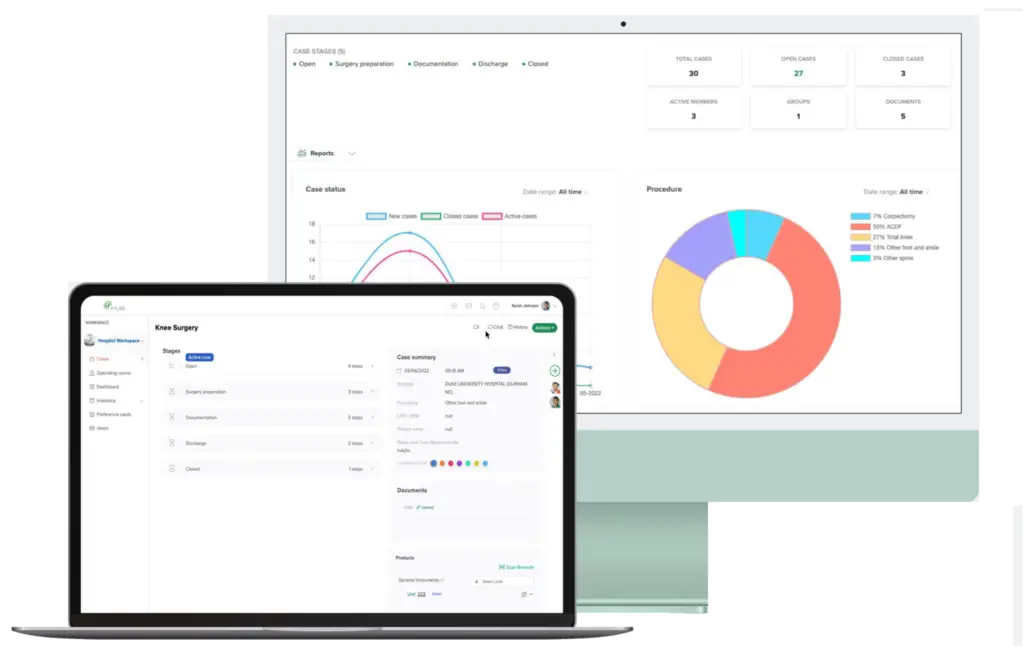Effective utilization of operating room (OR) block times is crucial for the success of Ambulatory Surgery Centers (ASCs). One strategy that has gained traction is the concept of “incremental fill.” This approach optimizes the use of ORs by strategically filling time gaps with appropriate procedures, ensuring maximum efficiency and profitability. In this post, we’ll explore the best practices for implementing incremental fill, backed by research and practical insights, to help ASC administrators maximize their block times.

Understanding Incremental Fill
Incremental fill is the practice of scheduling additional, often shorter, procedures into the unutilized time slots within a block schedule. This approach ensures that the OR is used to its full capacity, reducing idle time and increasing the number of cases handled within a given period.
Benefits of Incremental Fill
- Increased Revenue: By maximizing OR usage, ASCs can handle more cases, thereby increasing revenue.
- Improved Efficiency: Optimizing block time reduces downtime and enhances the overall efficiency of the surgical team and facility.
- Enhanced Patient Access: More efficient scheduling allows for quicker turnaround times, providing patients with faster access to needed surgical procedures.
Best Practices for Implementing Incremental Fill
1. Analyze Current Utilization Patterns
Conduct a thorough analysis of your current OR utilization to identify patterns of underutilization. This involves:
- Reviewing historical data on OR usage.
- Identifying blocks with frequent downtime.
- Understanding the reasons behind idle times.
2. Implement Advanced Scheduling Software
Invest in advanced scheduling software that can:
- Predict and identify gaps in the block schedule.
- Suggest appropriate procedures to fill these gaps.
- Automate notifications to relevant staff and patients about schedule changes.
3. Develop a Flexible Scheduling Policy
Create a scheduling policy that allows for flexibility. This can include:
- Allowing for overbooking in anticipation of cancellations or no-shows.
- Maintaining a list of patients who can be scheduled on short notice.
- Setting guidelines for prioritizing procedures based on urgency and duration.
4. Engage with Surgeons and Staff
Involve your surgical team and staff in the process:
- Educate them on the benefits of incremental fill.
- Encourage them to identify cases that can be added to fill gaps.
- Foster a culture of collaboration and flexibility.
5. Monitor and Adjust
Continuously monitor the effectiveness of your incremental fill strategy:
- Regularly review OR utilization reports.
- Solicit feedback from surgeons and staff.
- Adjust policies and procedures based on data and feedback.
Research-Backed Strategies for Success
Several studies have highlighted the effectiveness of incremental fill in optimizing OR utilization. Research indicates that ASCs employing incremental fill can see a significant increase in case volume and revenue without compromising patient care quality. Key strategies include:
- Dynamic Scheduling Models: Using predictive analytics to adjust schedules in real-time based on historical and current data.
- Lean Principles: Applying lean management principles to minimize waste and improve workflow efficiency.
- Collaborative Planning: Engaging all stakeholders, including surgeons, anesthesiologists, and nursing staff, in the scheduling process to ensure alignment and buy-in.
Conclusion
Implementing an incremental fill strategy can transform the efficiency and profitability of your ASC’s OR operations. By analyzing utilization patterns, leveraging advanced scheduling tools, and fostering a collaborative culture, ASC administrators can ensure that every minute of block time is optimally utilized.
How HUB Healthcare Can Help
HUB Healthcare offers a comprehensive solution designed to enhance communication in healthcare, streamline care coordination, and improve overall workflow efficiency. Our platform includes features such as medical case management software, healthcare document management, and healthcare analytics to ensure that all aspects of patient care are optimized. By leveraging HUB Healthcare’s robust tools, organizations can reduce workflow bottlenecks, automate repetitive tasks, and facilitate better collaboration among healthcare providers. This not only improves work quality but also enhances patient outcomes, making HUB Healthcare an essential partner in achieving healthcare excellence. HUB Forum

